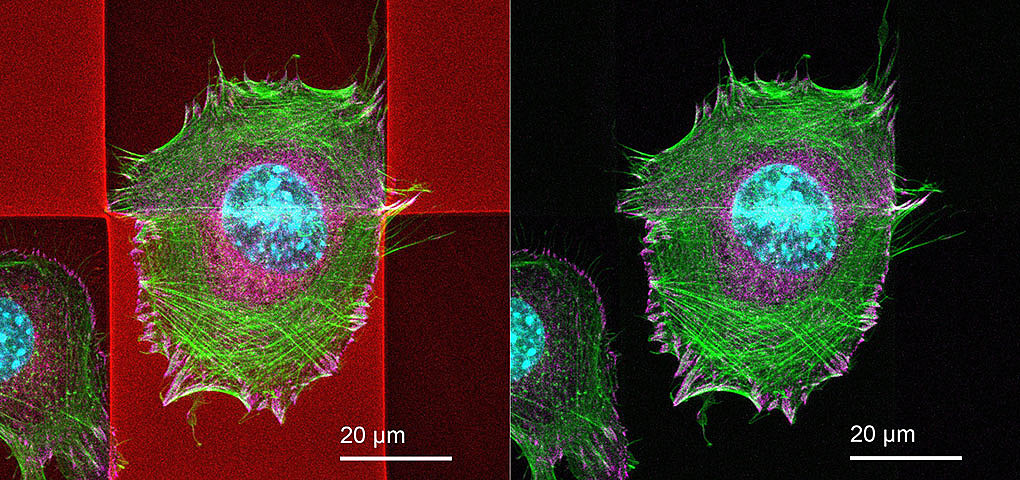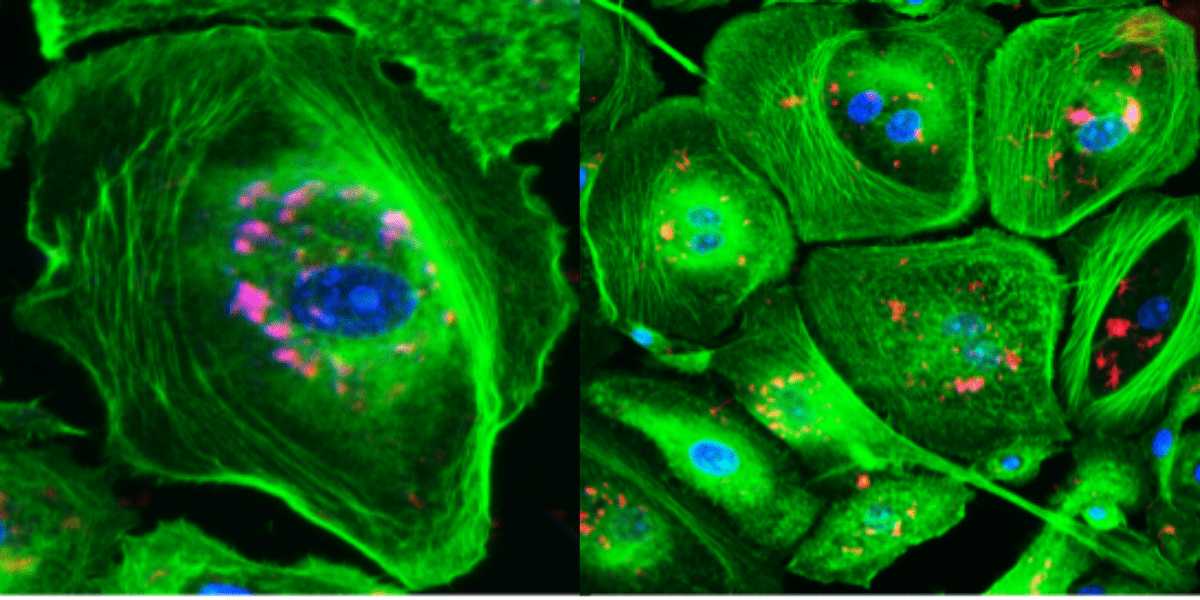Set in revolutionizing the bioconvergence healthcare segment, Swedish-American company Cellink (CLNK-B.ST) has acquired two new startups to expand its technology offerings: Germany-based Nanoscribe and U.S.-based Visikol. The company said the acquisitions would offer customers the tools to materialize their ground-breaking ideas while helping improve healthcare worldwide.
As the third and fourth acquisition so far in 2021 alone, the deals place Cellink on track to dominate the bioprinting market segment. In March 2021, the firm also acquired Ginolis Oy and MatTek. However, the company has been adding new startups to its business portfolio since 2018, including three other startups: Scienion, cytena, and Dispendix. The acquisitions add to its growing range of advanced bioprinting technologies, including offerings for researchers, public and private companies in biofabrication, bioprocessing, drug discovery, molecular biology, and omics.
Announced on May 20, 2021, both deals will cost Cellink $50 million. The firm has acquired all outstanding shares in Visikol for a purchase price of $7.5 million on a cash- and debt-free basis. While for Nanoscribe, the business will pay €34 million ($41.6 million) for all outstanding shares on a cash- and debt-free basis and approximately €16 million ($19.6 million) in additional compensation, or earnouts, based on certain financial targets for the 2021 through 2023 period.

The versatility sample impressively illustrates the capabilities of Photonic Professional systems in 3D Microfabrication. Image courtesy of Nanoscribe.
A pioneer in high-precision additive manufacturing (AM), Nanoscribe has pushed the limits of 3D printing with state-of-the-art microfabrication technology. Founded in 2007 by scientists and graduate students as a spin-off out of the Karlsruhe Institute of Technology (KIT) in Germany, the startup has become a market leader in two-photon polymerization (2PP) technology. Aiming to “make small things matter,” company founders managed to develop a technology that can 3D print crucial products for smartphones, handheld devices, and healthcare.
Making 2PP based 3D printers commercially available, they have already offered solutions to universities and pioneering industries worldwide that are working on 3D microprinting life sciences studies, as well as 3D printing optics at the nanoscale, and even using their technology to develop innovative devices like the 3D-microscaffold cochlear implant for steroid elution.
Now Nanoscribe will combine microstructural bioprinting technology with Cellink’s macro-structural offerings for more realistic tissue architecture, including vascularization at a sub-cellular scale – suitable for cell studies and lab-on-a-chip applications – and cell support. The result will be 2PP products for a wide range of customer sectors, including bioprinting, microfluidics, micro-optics, micromechanics, biomedical engineering, and integrated photonics technologies, making it the only firm in the industry with internal 2PP AM capabilities.
Nanoscribe Co-founder and CEO Martin Hermatschweiler said he is eager to explore the possibilities with the 2PP technique to create the future of medicine. The life science industry is miniaturizing many processes and technologies to increase throughput and reduce cost, giving Nanoscribe’s application an edge. Once complete, the strategic acquisition is expected to “empower cutting edge science.”
The takeover is in line with Cellink’s bioconvergence strategy, taking the group further into the field of tissue and cellular structure printing and generating additional recurring revenue from upcoming implants, microneedles, microporous membranes, and consumables for omics applications.
As for its second acquisition of the day, Cellink sees great potential with Visikol, a contract research services company centering on accelerating the discovery and development of therapeutics. Founded in 2016, it provides pharmaceutical and biotech companies with 3D cell culture, 3D tissue imaging, multiplex imaging, and digital pathology services.
Many of these services leverage Visikol’s proprietary HISTO tissue clearing reagents and its 3Screen software platform, which is built on advanced machine learning evaluation to provide customers with depth analysis of their tissue and cell culture samples. Today, Visikol counts half of the top twenty pharmaceutical companies as customers and opens up a new market segment for Cellink, an entrance into the $11.58 billion contract research market.
Cellink CEO Erik Gatenholm believes there is great potential in building a strong service portfolio based on analysis of 3D cell cultures. The deal brings together many trends to “improve health” and “create the future of medicine” and is an ideal example of the bioconvergence Cellink has diligently targeted. The technology used for analysis also provides synergies for its current customers, especially those already working with MatTek and 3D tissues.
Both Visikol and Nanoscribe will become part of Cellink’s bioprinting business and remain under their current respective management and corporate entity once the transactions are concluded. Visikol is expected to generate $3 million in revenue in 2021 and must have sales of $13.9 million for the fiscal year 2023. At the same time, Nanoscribe is anticipated to generate €15.4 million ($18.8 million) in revenues in 2021 with a double-digit EBITDA margin. The deals are further proof of an ongoing trend in the 3D printing sector, especially in healthcare and bioprinting, that will help leverage additive and drive adoption of the technology.
Subscribe to Our Email Newsletter
Stay up-to-date on all the latest news from the 3D printing industry and receive information and offers from third party vendors.
You May Also Like
Precision at the Microscale: UK Researchers Advance Medical Devices with BMF’s 3D Printing Tech
University of Nottingham researchers are using Boston Micro Fabrication‘s (BMF) 3D printing technology to develop medical devices that improve compatibility with human tissue. Funded by a UK grant, this project...
3D Printing Webinar and Event Roundup: April 21, 2024
It’s another busy week of webinars and events, starting with Hannover Messe in Germany and continuing with Metalcasting Congress, Chinaplas, TechBlick’s Innovation Festival, and more. Stratasys continues its advanced training...
3D Printing Webinar and Event Roundup: March 17, 2024
It’s another busy week of webinars and events, including SALMED 2024 and AM Forum in Berlin. Stratasys continues its in-person training and is offering two webinars, ASTM is holding a...
3D Printed Micro Antenna is 15% Smaller and 6X Lighter
Horizon Microtechnologies has achieved success in creating a high-frequency D-Band horn antenna through micro 3D printing. However, this achievement did not rely solely on 3D printing; it involved a combination...
































